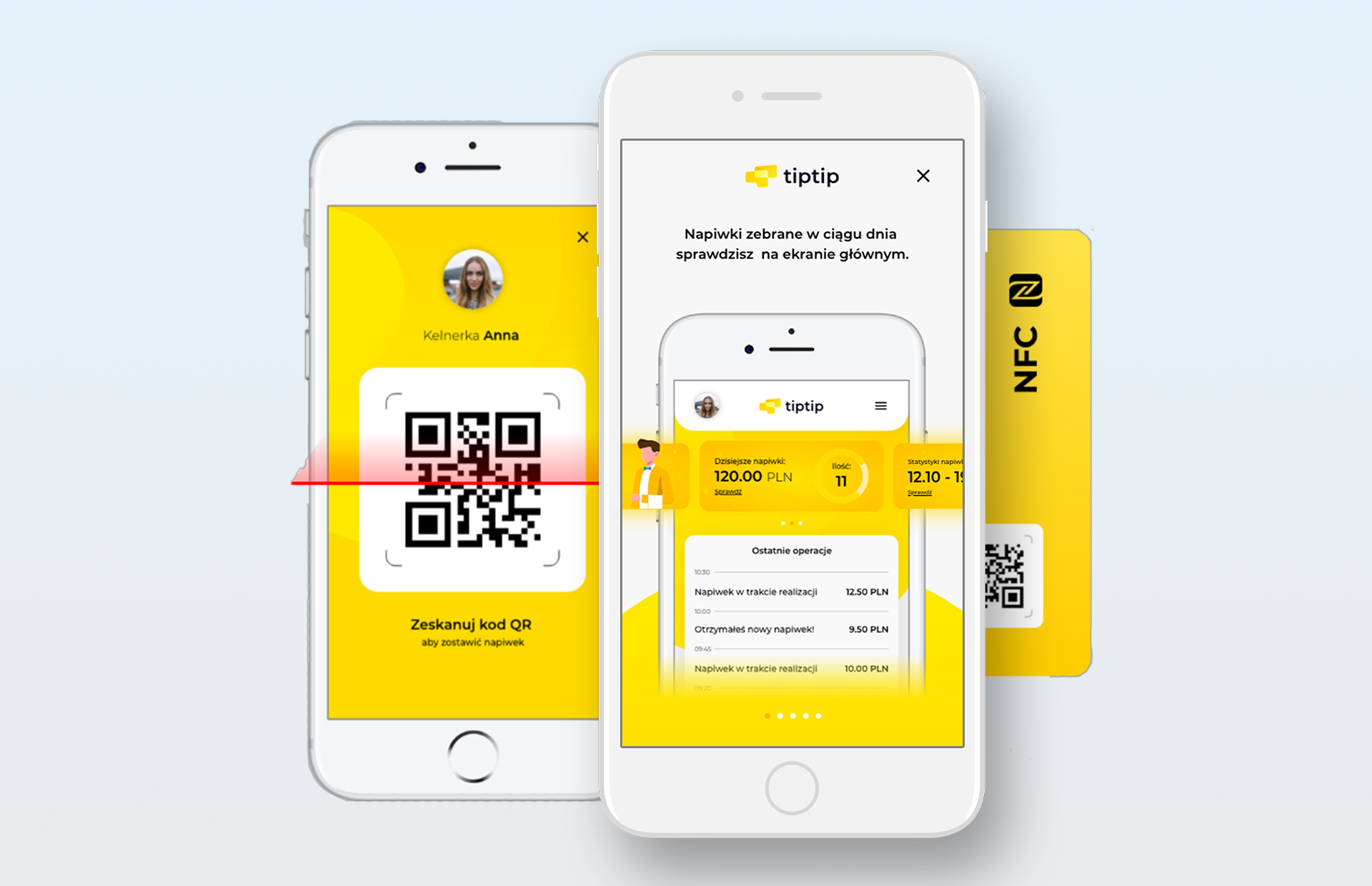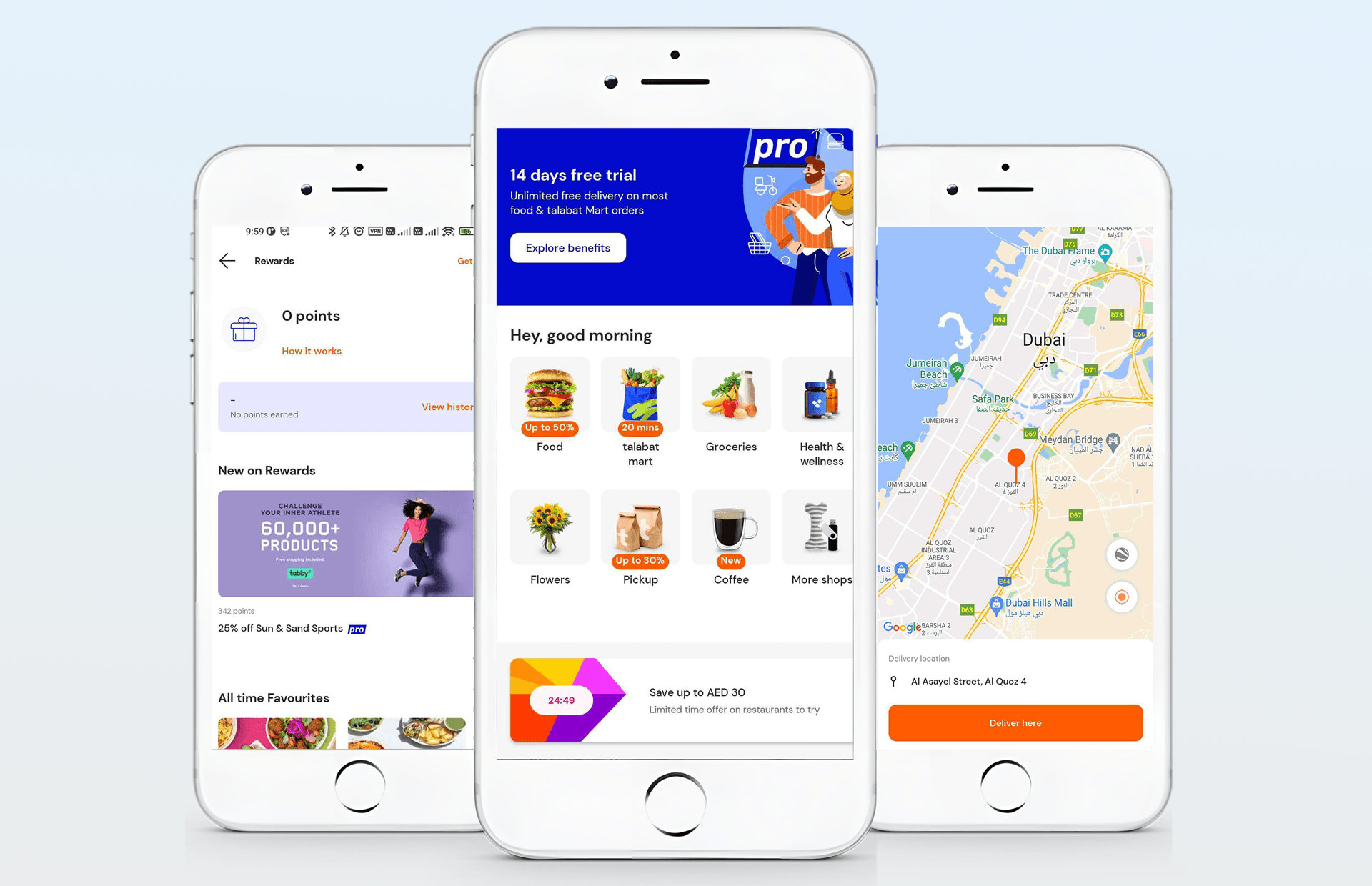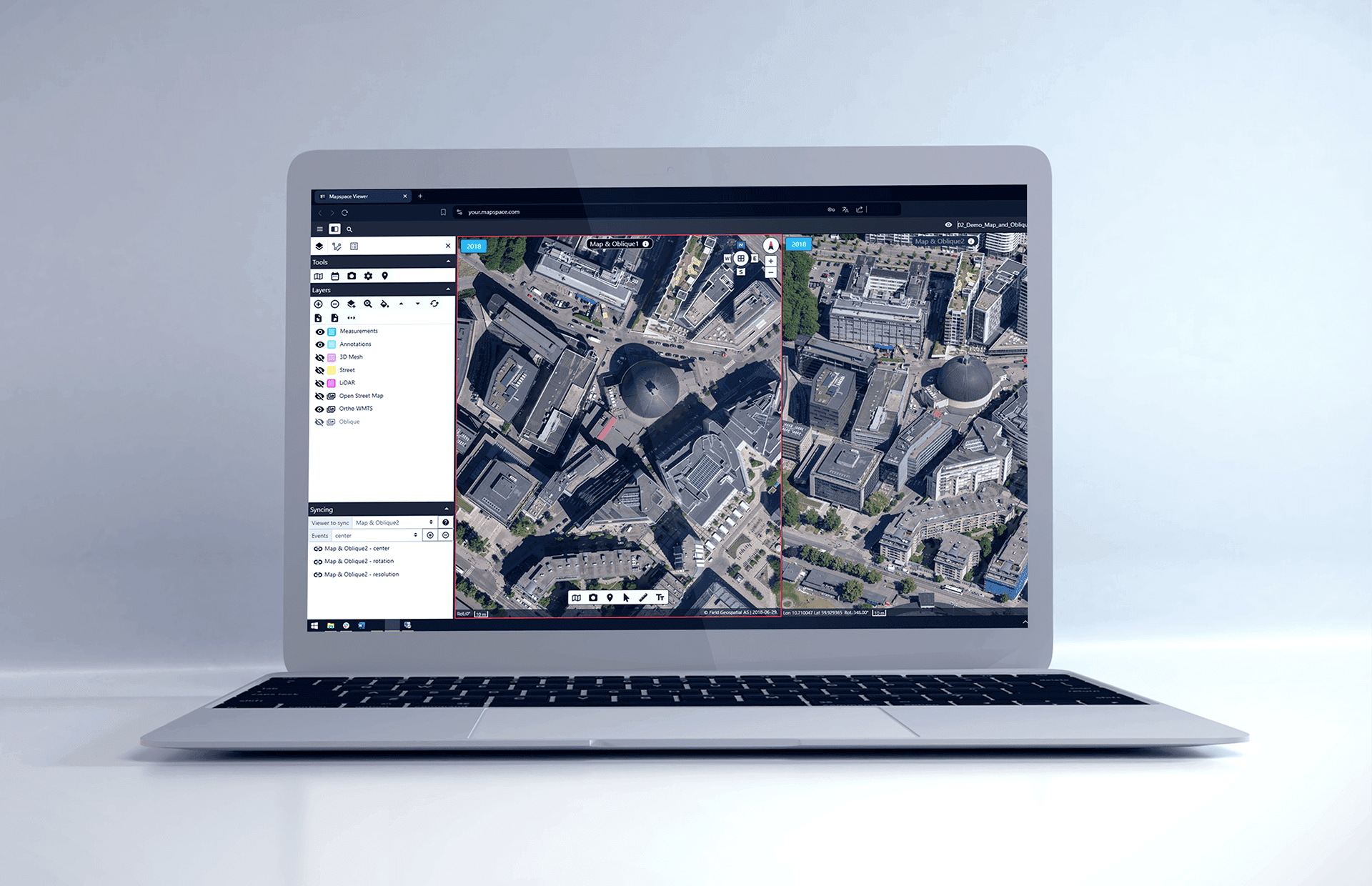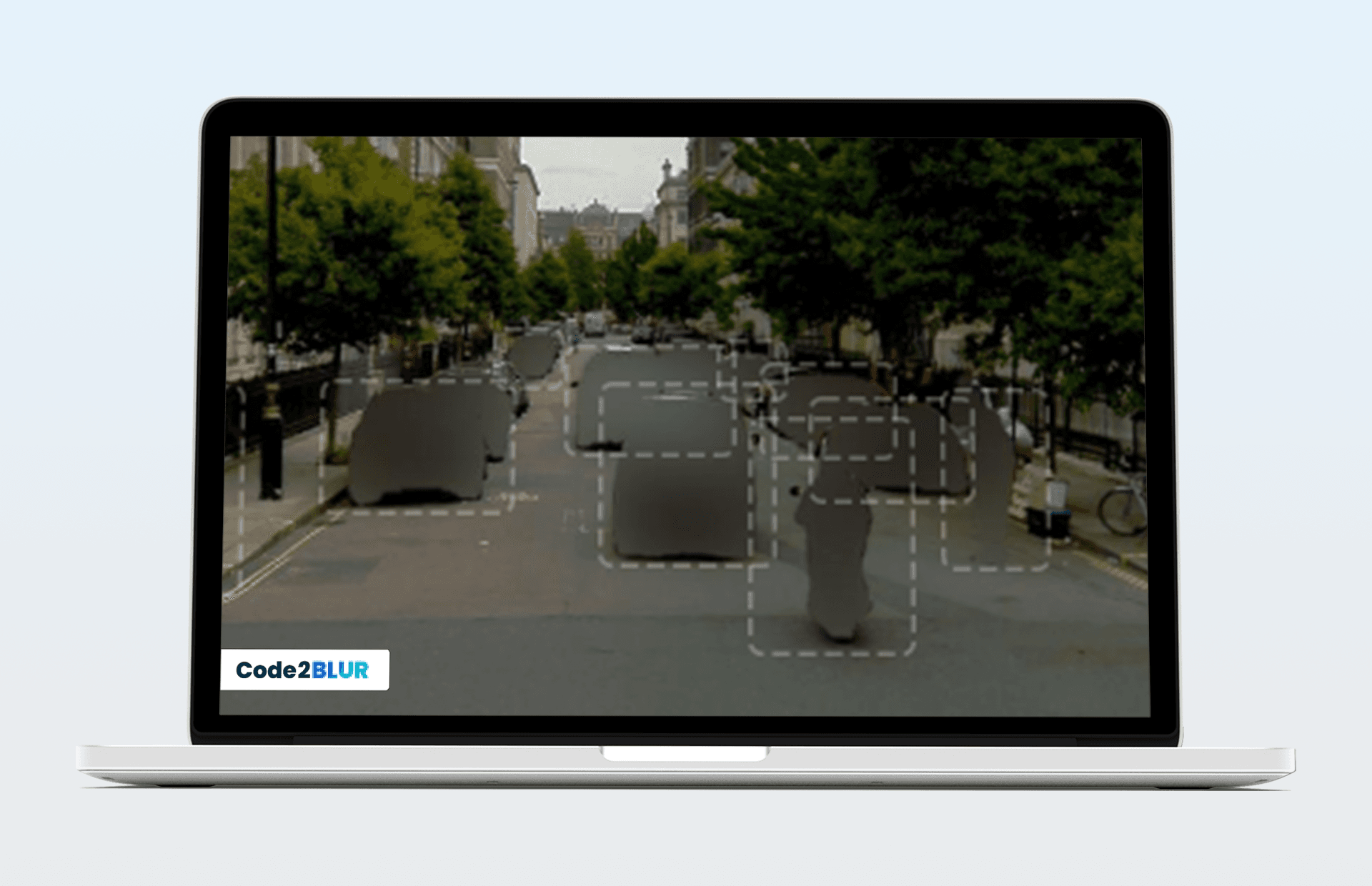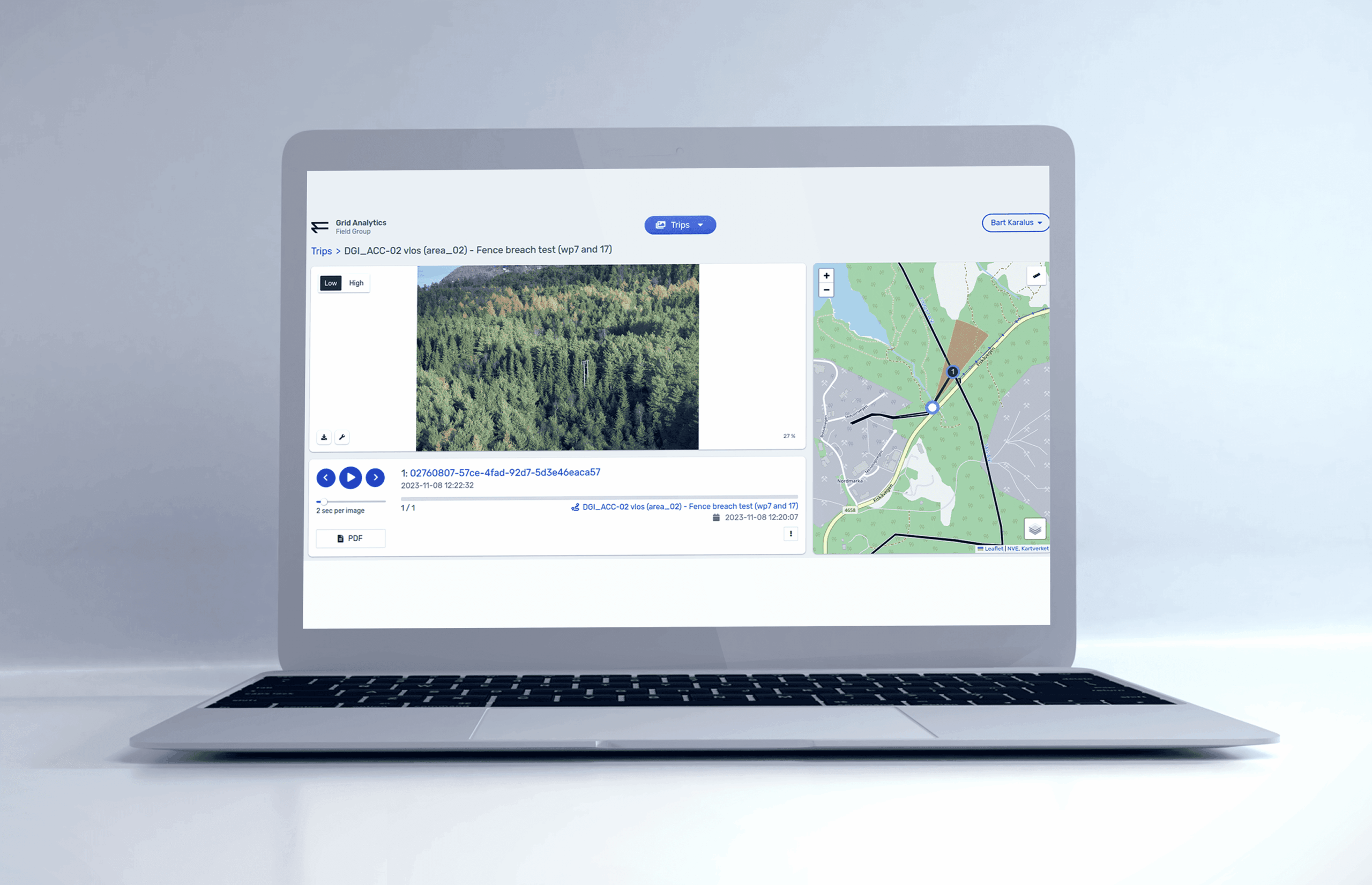Introduction
In today’s increasingly digital world, protecting personal data has become a top priority for companies and organizations. Two key regulations – CCPA (California Consumer Privacy Act) and GDPR (General Data Protection Regulation) – set the standards for privacy and data security. This article explains the differences between CCPA and GDPR and outlines practical steps companies can take to ensure compliance.
What is CCPA? (California Consumer Privacy Act)
The California Consumer Privacy Act (CCPA) has been in effect since January 1, 2020. It grants consumers rights over their personal data, including the right to access, delete, and object to the sale of their information. CCPA applies to businesses operating in California that meet certain thresholds, such as:
- Annual revenue above $25 million, or
- Processing the personal data of more than 50,000 consumers.
What is GDPR?
The General Data Protection Regulation (GDPR) has been in force across the European Union since May 25, 2018. It was designed to strengthen individual rights regarding personal data and harmonize data protection rules across the EU. GDPR requires companies to:
- Obtain explicit consent for data processing,
- Guarantee rights of access and deletion,
- Report data breaches within 72 hours.
Key Differences Between CCPA and GDPR
- Geographic Scope: CCPA applies only in California, while GDPR applies globally to any company processing data of EU citizens.
- Definition of Personal Data: CCPA has a broader definition, covering data linked to households and devices, while GDPR focuses on identifiable individuals.
- Right to Delete Data: CCPA grants the right to request deletion, while GDPR establishes the “right to be forgotten” under specific conditions.
- Consent for Processing: GDPR requires explicit opt-in consent, while CCPA allows default data processing with the option for consumers to opt out.
- Penalties: GDPR sets higher fines (up to €20 million or 4% of annual global turnover), while CCPA fines reach up to $7,500 per intentional violation.
Consequences of Non-Compliance
Failure to comply with CCPA and GDPR can result in severe financial and reputational damage.
- Under GDPR, fines can be as high as €20 million or 4% of annual global turnover.
- Under CCPA, fines are up to $7,500 for intentional violations and $2,500 for unintentional ones.
Beyond financial penalties, companies risk losing customer trust and facing competitive disadvantages. In an age of growing consumer awareness, privacy violations can lead to lasting reputational harm.
CCPA vs GDPR: Key Steps for Companies
To minimize risks, organizations should implement the following practices:
1. Conduct Audits and Risk Assessments
- Review current data processing and security practices.
- Identify areas vulnerable to violations.
- Assess risks and potential impacts.
2. Develop a Data Protection Policy
- Establish clear policies on processing, storing, and securing personal data.
- Ensure compliance with both CCPA and GDPR.
- Regularly update policies to reflect new regulations and best practices.
3. Train Employees
- Provide mandatory training for staff handling personal data.
- Update training programs regularly.
- Enforce compliance and apply disciplinary measures for violations.
4. Implement Technical Security Measures
- Use encryption, firewalls, intrusion detection, and role-based access controls.
- Keep systems and applications updated against vulnerabilities.
5. Limit Access to Data
- Apply the principle of least privilege.
- Review and update access rights regularly.
- Monitor and log access to sensitive data.
6. Manage Incidents and Breaches
- Create an incident response plan.
- Appoint a dedicated team for handling breaches and notifications.
- Test and update the plan regularly.
7. Work with Trusted Vendors
- Carefully evaluate service providers with data access.
- Establish clear data processing agreements.
- Audit and monitor vendor compliance.
8. Document Data Processing
- Keep detailed records of processing activities.
- Track consents and fulfillment of individual rights requests.
- Regularly update documentation.
9. Apply Privacy by Design and Default
- Integrate privacy principles into systems and processes from the start.
- Default to the most restrictive privacy settings.
- Perform Data Protection Impact Assessments (DPIAs) for high-risk projects.
10. Monitor and Audit Continuously
- Continuously monitor data processing systems for risks.
- Conduct regular internal and external audits.
- Implement corrective measures based on audit results.
Conclusion
GDPR and CCPA share the same goal: strengthening privacy and data protection in the digital age. While they differ in scope and requirements, both demand proactive compliance. Ensuring adherence requires strong policies, staff training, technical safeguards, and ongoing monitoring. Companies that ignore these regulations risk heavy penalties and the loss of customer trust, while those that embrace compliance can build stronger reputations and long-term business success.



